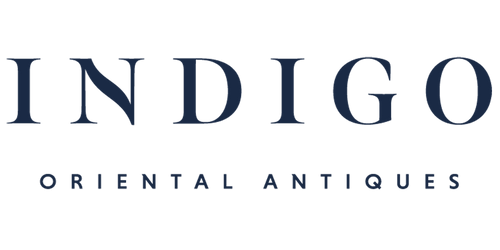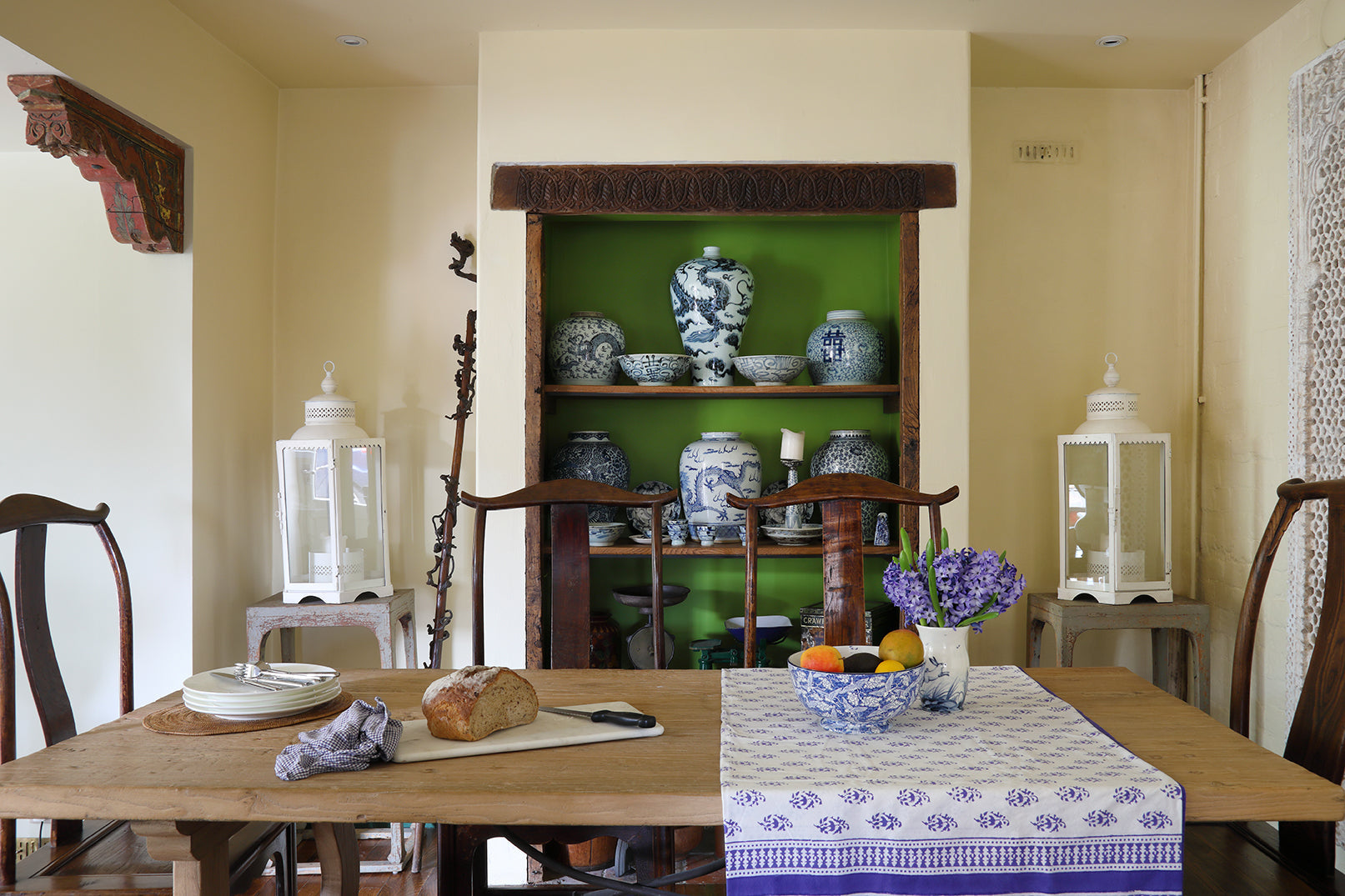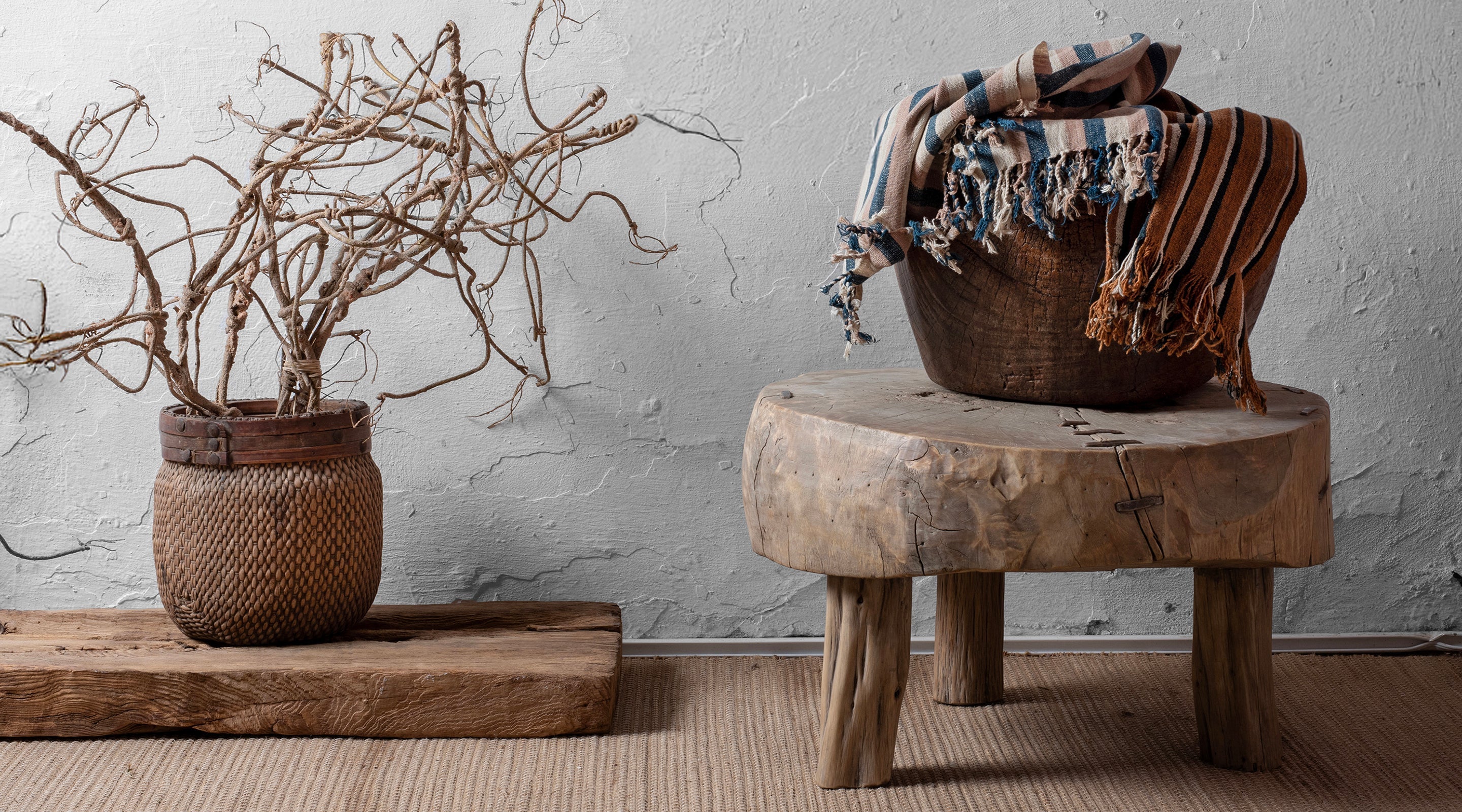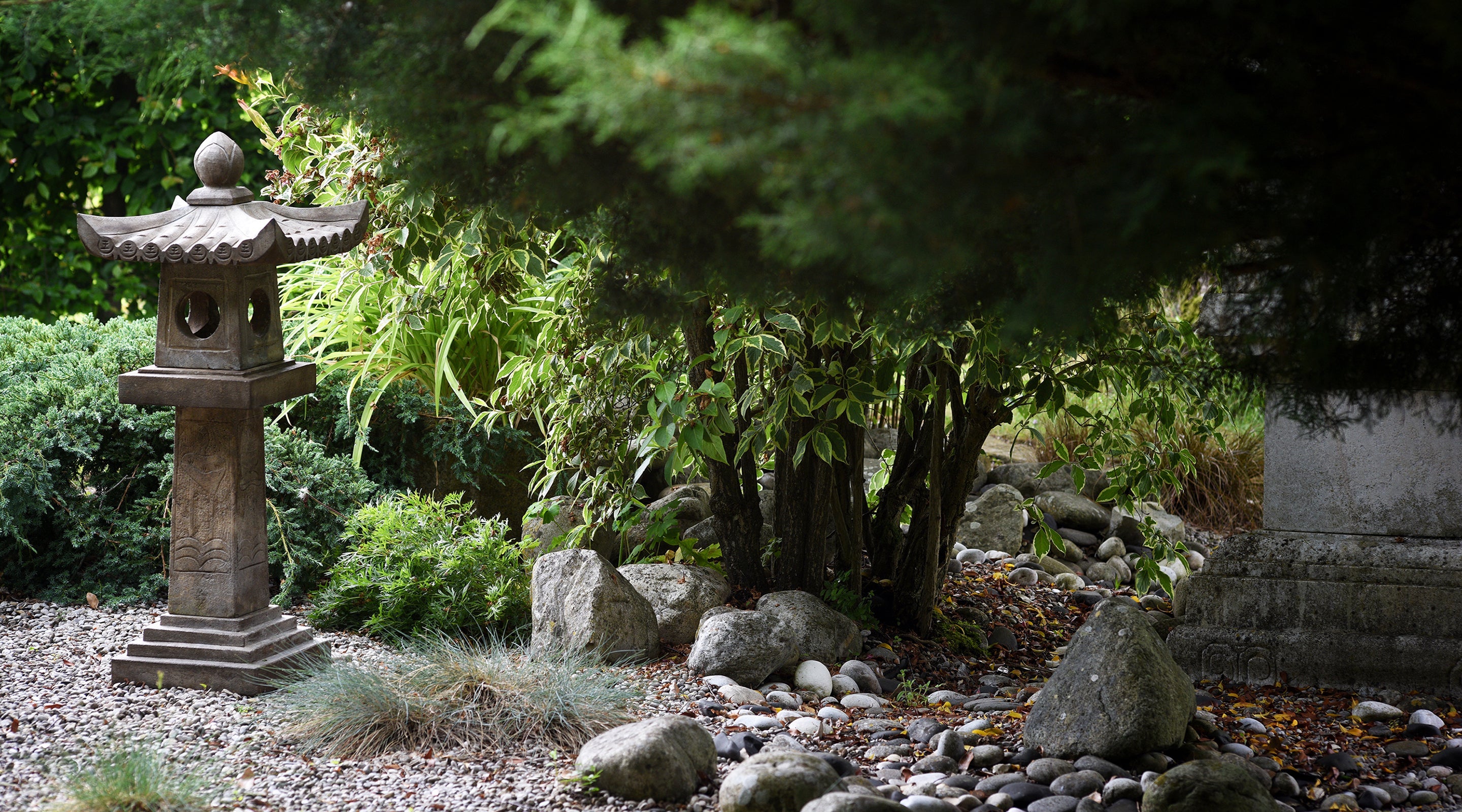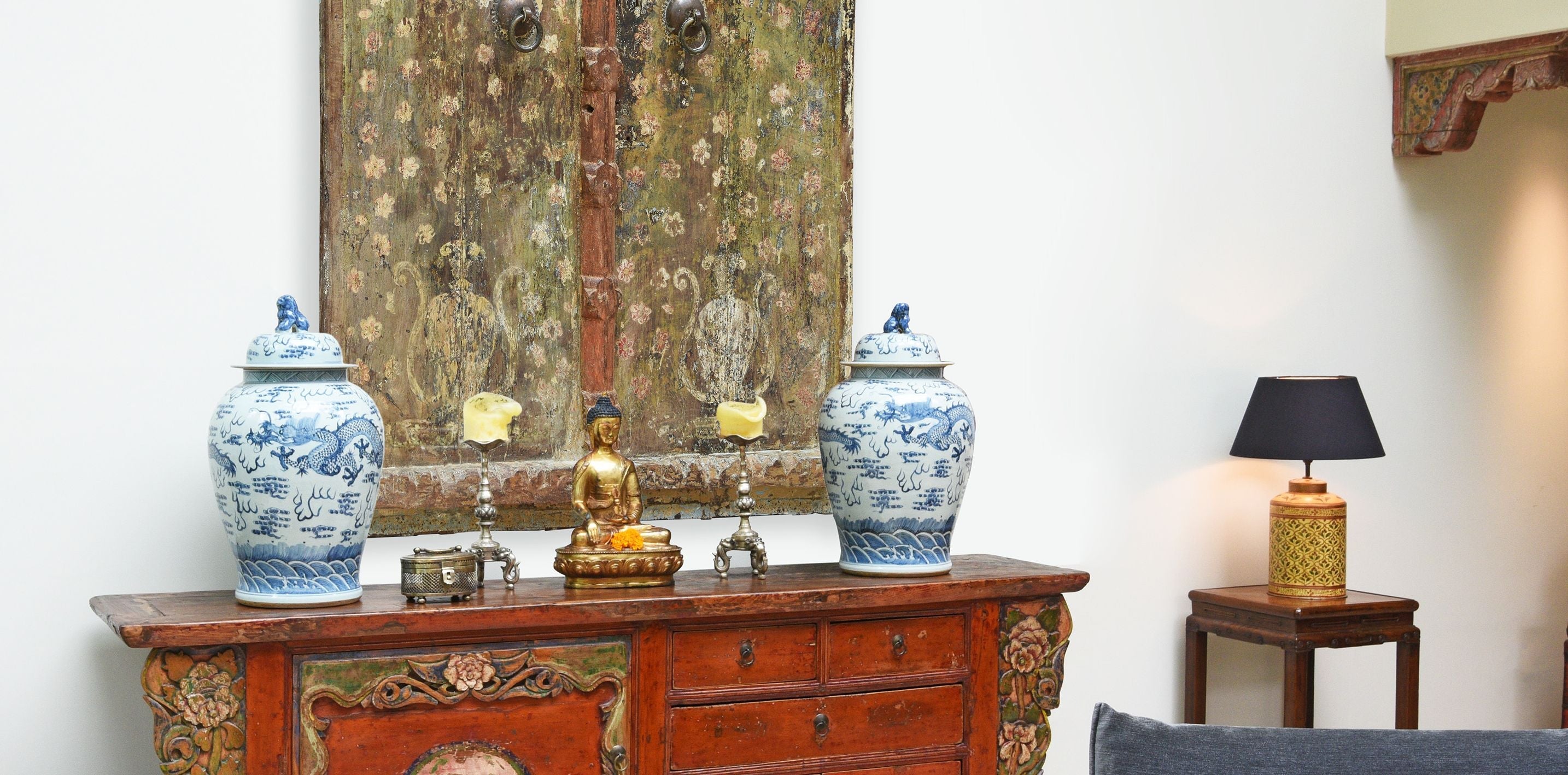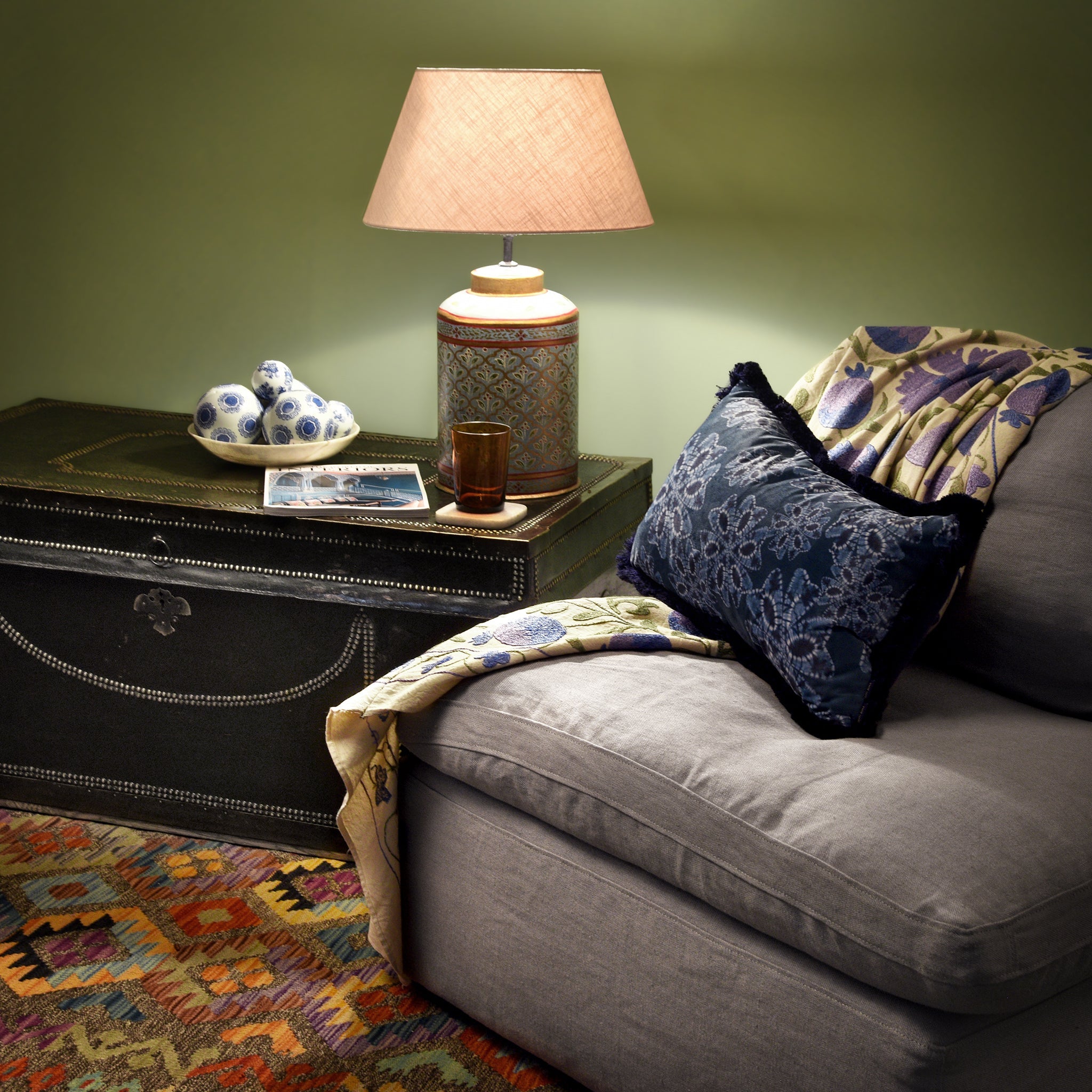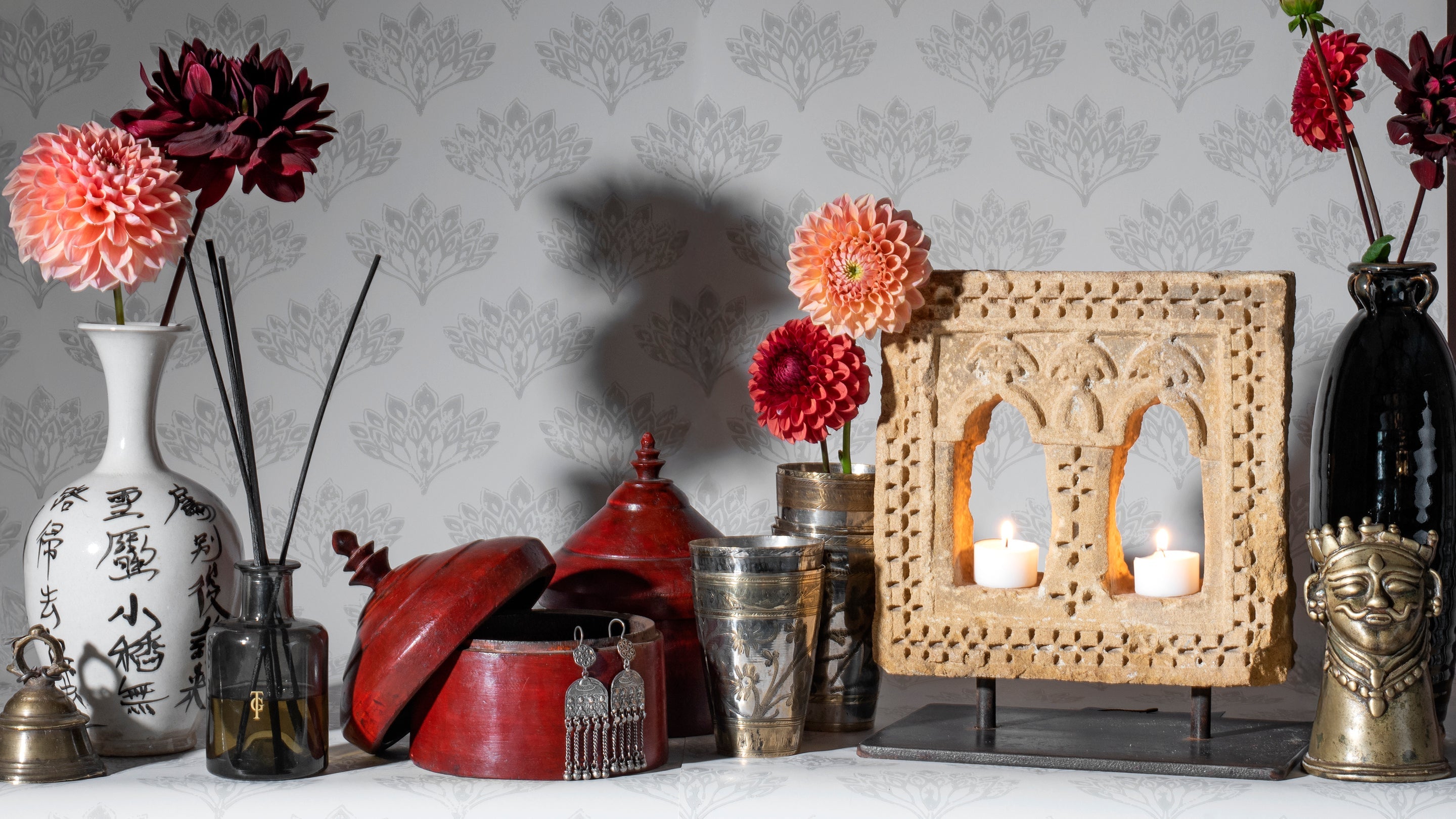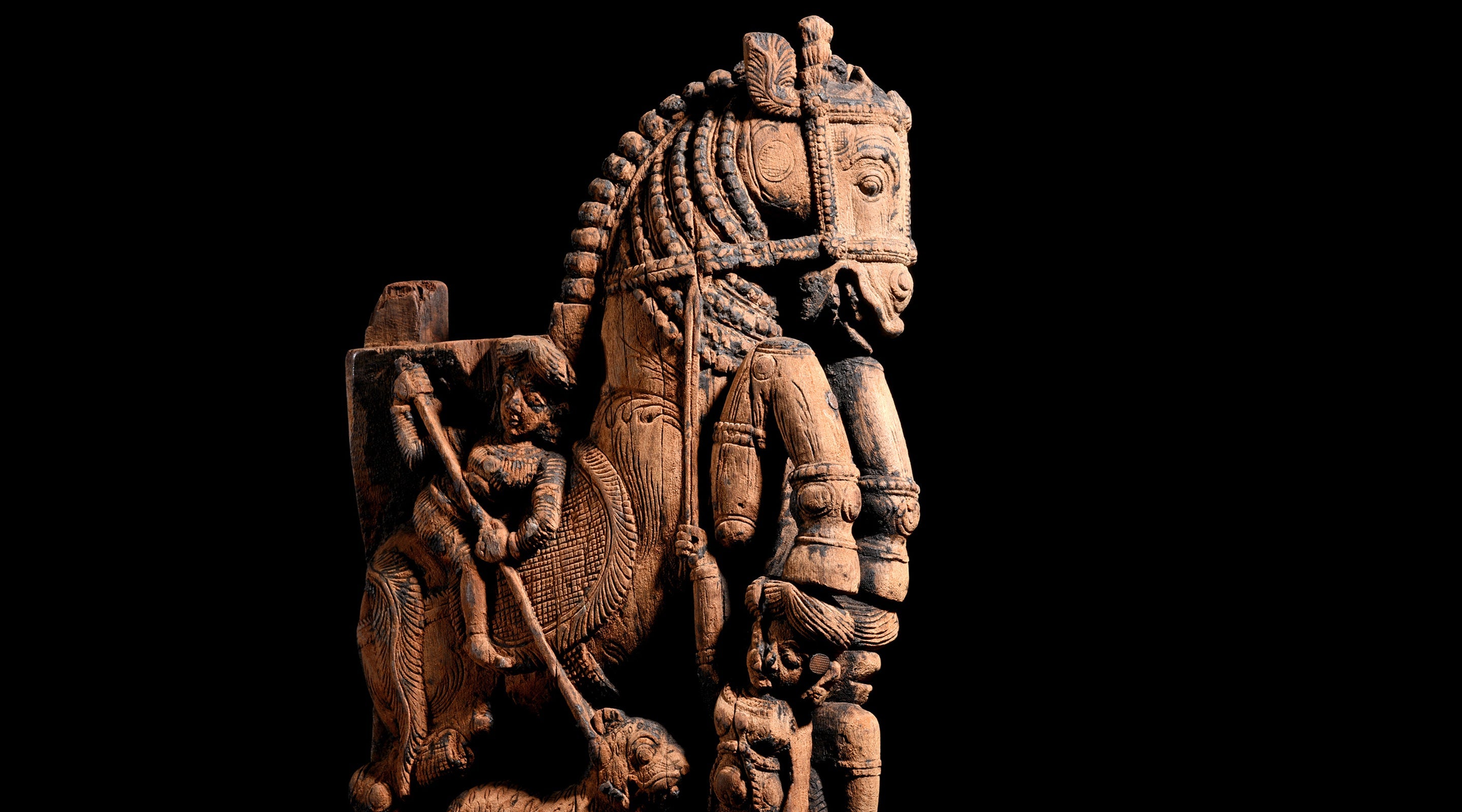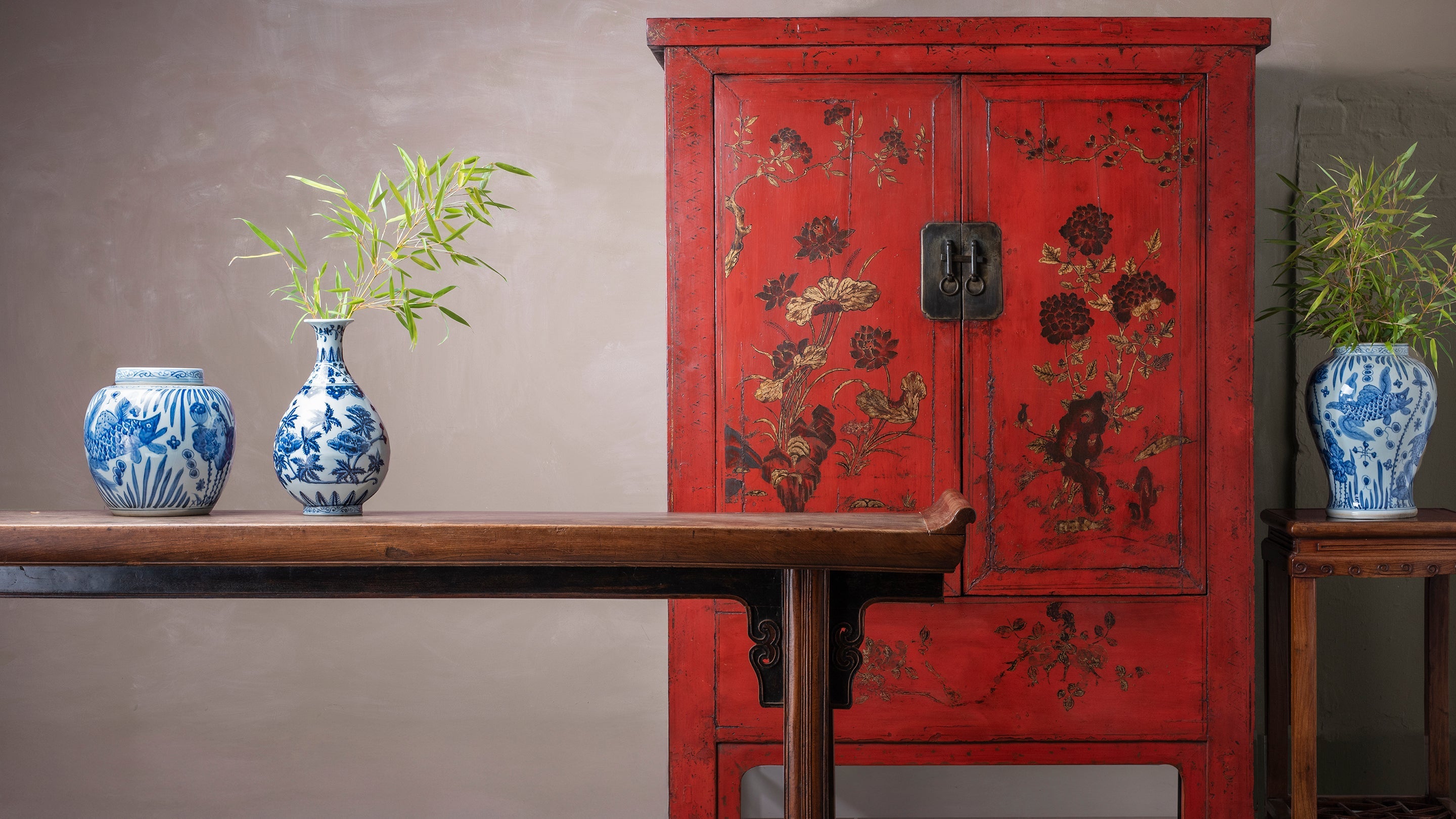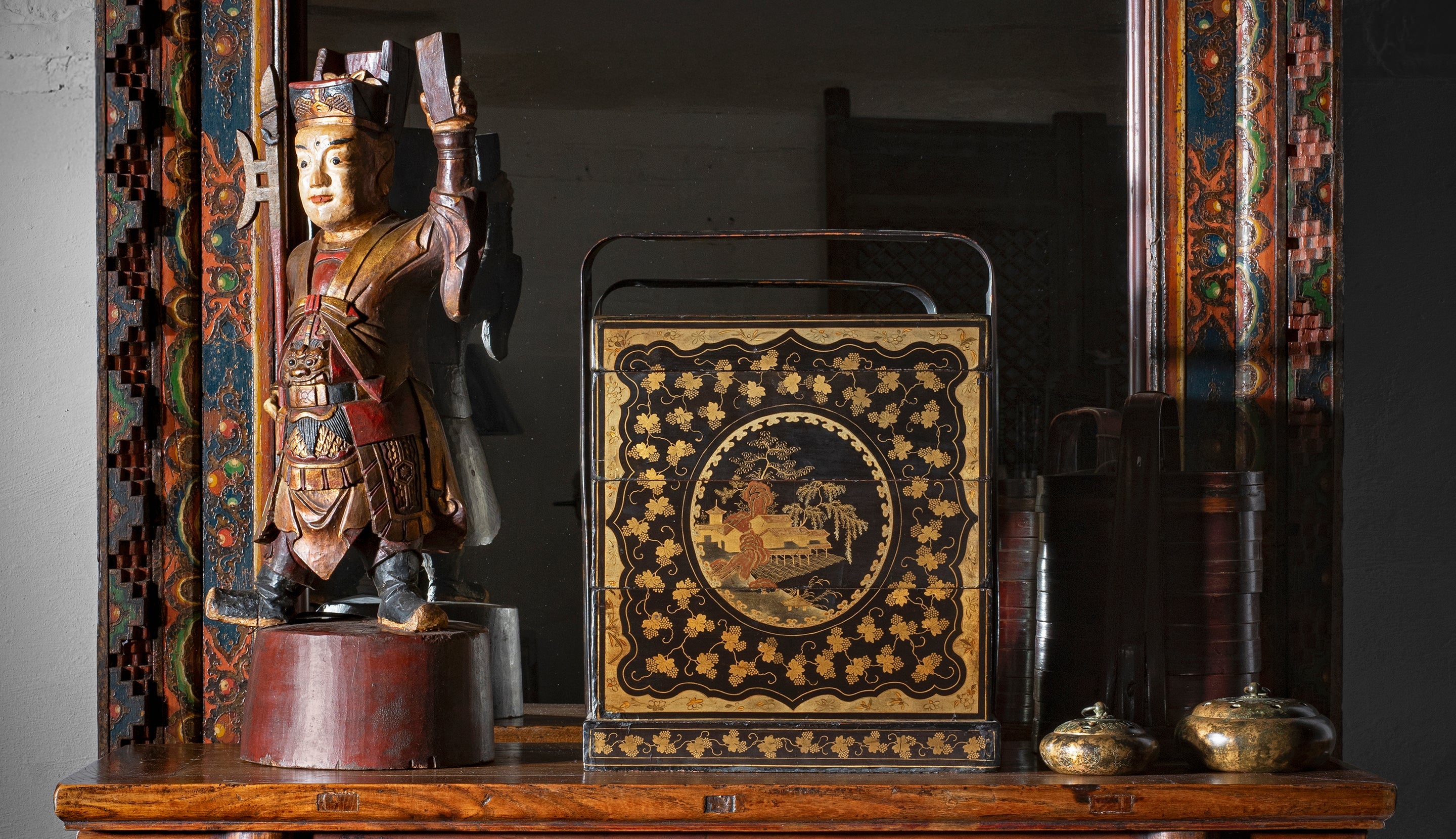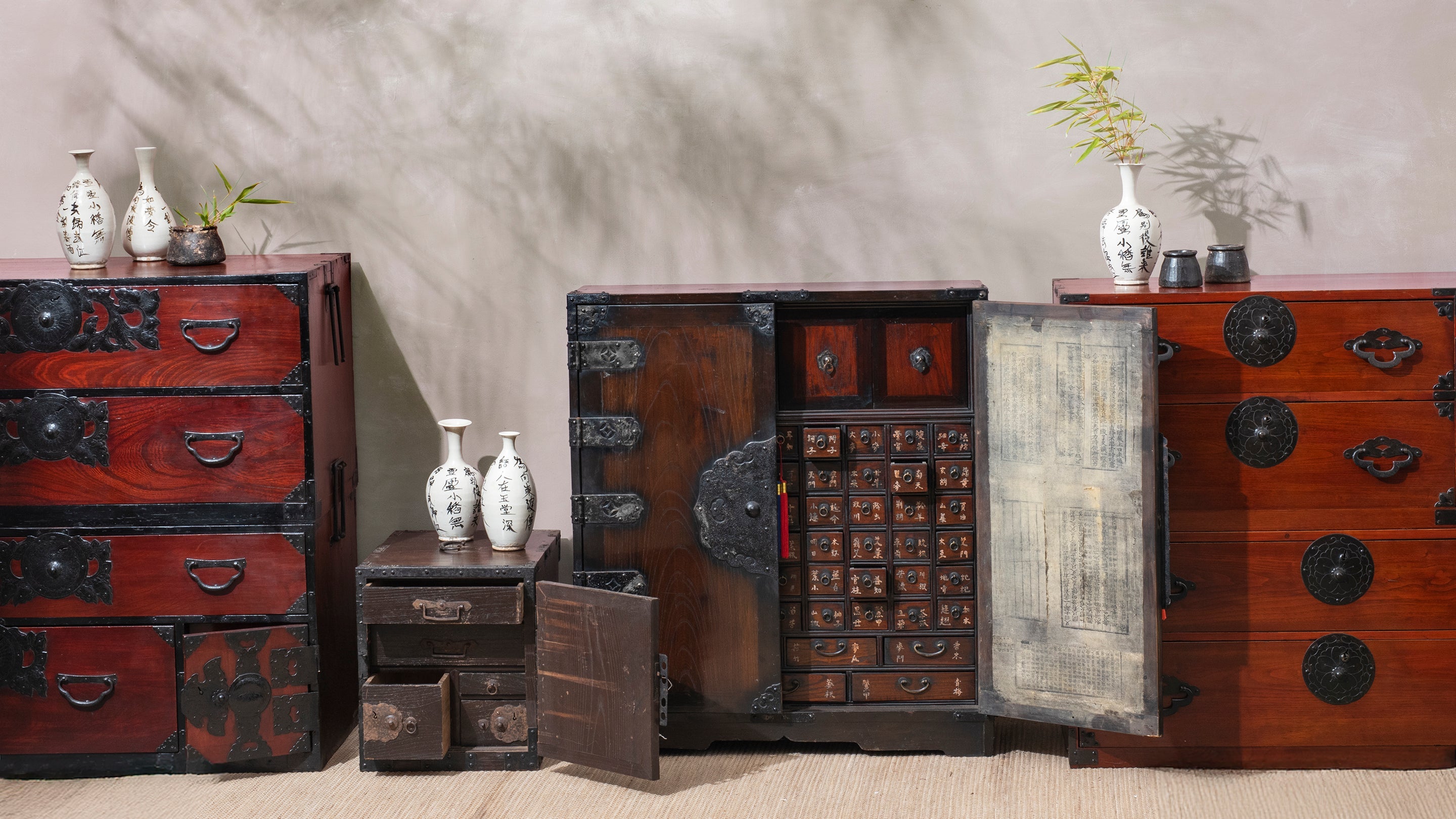Chinese Apothecary Cabinets (also known as medicine chests or herbal drawers) reflect the artistry and order of traditional Chinese and Korean medicine. Once used to store hundreds of herbs in small labeled drawers, these cabinets are now prized by collectors and designers alike for their rhythmic geometry and timeless character.
Origins in Chinese and Korean Medicine
The apothecary cabinet originated in imperial China during the Ming and Qing dynasties, when herbal medicine became a central pillar of health and scholarship. Each drawer was carefully labeled with the name of an herb—ginseng, angelica, or chrysanthemum—and lined with paper to prevent cross-contamination. In Korea, similar yakchobang (약초방) medicine chests evolved with distinctive proportions and metal fittings, reflecting the Confucian ideals of harmony and order.
Design and Construction
Traditionally crafted from elm, pine, or jujube wood, apothecary cabinets feature rows of small drawers framed in elegant gridwork. Many Chinese examples display lacquer finishes—deep brown, black, or red—with traces of calligraphic characters brushed in gold. Korean versions often combine brass butterfly plates and iron drop handles, expressing a balanced aesthetic of restraint and refinement.
From Dispensary to Design Icon
In contemporary interiors, apothecary cabinets have transcended their medicinal origins to become iconic statement pieces. Their rows of drawers evoke a sense of curiosity and calm, lending texture and rhythm to modern spaces. Designers now repurpose them as storage consoles, sideboards, and sculptural focal points—celebrating their heritage while adapting them to contemporary use.
Collecting and Restoration at Indigo
At Indigo Antiques, each apothecary chest is individually restored to preserve its patina, joinery, and original hand-cut drawer linings. Restoration focuses on conservation—retaining aged surfaces, wear marks, and herbal ink inscriptions that reveal generations of use and care.

Explore New Arrivals
With regular shipments from India, China & The UK art market there's always newness
